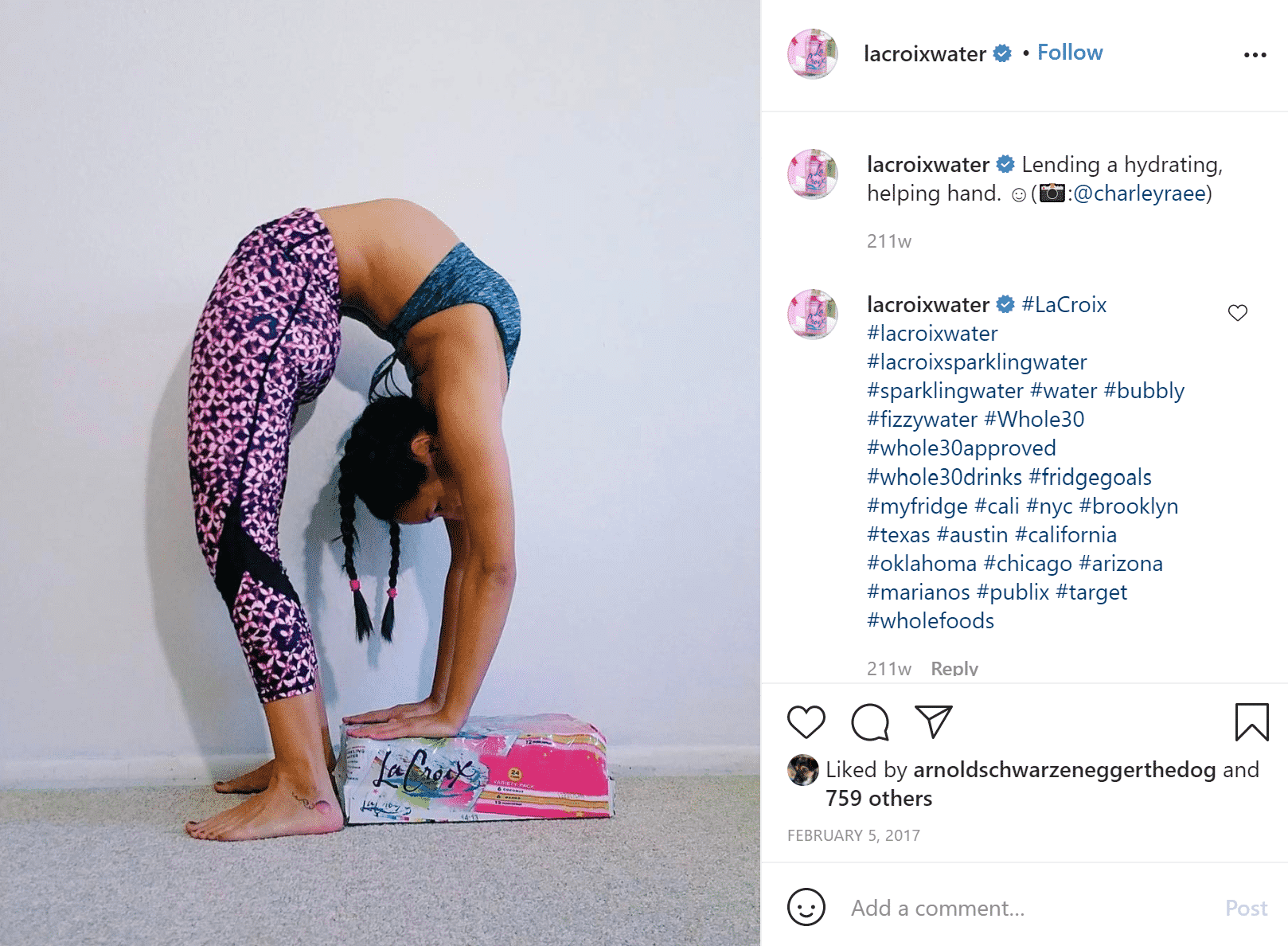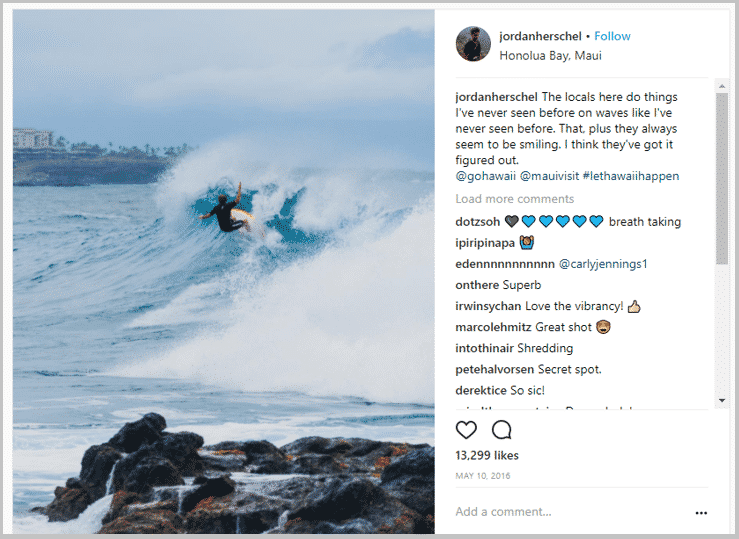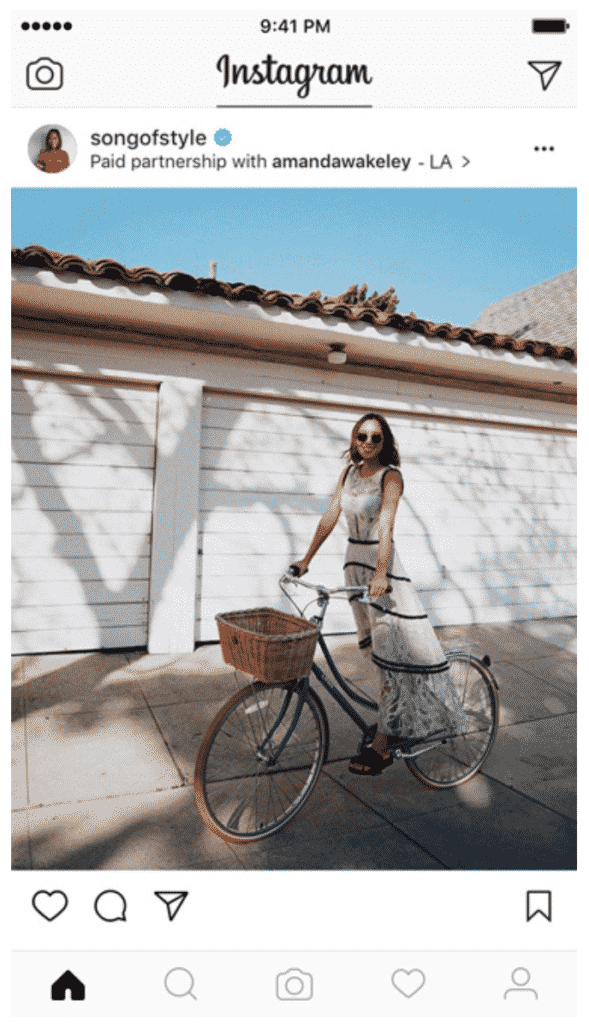This article has been contributed by Bill Acholla.
Promoting a brand is not as easy as it was back in the day. Marketing – particularly digital marketing – is developing at an astonishing rate. Influencer marketing is one way in which the industry is evolving every day.
What is Influencer Marketing?
Influencer marketing is classic word-of-mouth marketing, with a modern twist thanks to technology and social media. It’s based around social media personalities with influence over targeted audiences that are in line with a brand’s campaign.
Social media influencers have a decent amount of sway when it comes to consumer decisions and latest trends. They have real connections with their followers, and thus, their followers trust their opinions.
This is why brands partner with influencers to promote their products via their social media accounts. If a trusted influencer recommends a product, the brand reaches a new, highly relevant audience. Not only do they gain brand awareness, but it’s likely that the approach will result in growth of genuine interest in their products, and often even purchases.
There are typically two types of influencers:
- macro-influencers
- micro-influencers
Let’s find out more about each of them.
Micro-Influencers VS Macro-Influencers
Many big brands prefer macro-influencers because of the sheer mass of followers that they have. Generally speaking, macro-influencers have between 100,000 and one million followers.
On the other hand, micro-influencers have far fewer followers, at about 1,000 to 100,000.
But here’s the thing! A celebrity who is a macro-influencer may have a few hundred thousand followers. But they don’t have the time to effectively engage with them. A micro-influencer, however, can interact with their audience more frequently and often more genuinely.
Brands aiming purely for reach are likely to hit their goals with macro-influencers. But brands wanting to generate interest and engagement around their product would be better placed to choose micro-influencers to partner with. Better yet, they are generally cheaper to collaborate with than macro-influencers.
Brands seeking to increase reach and engagement on a limited budget, read on! This guide is for you if you’re considering partnering with a micro-influencer.
What is a Micro-Influencer?
Pretty sure you know what a blogger or a social media user, in general, is. An influencer is a social media user with a sizeable following and usually, high engagement rates. As their name suggests, they have influence over their followers.
They are often experts, public figures, or celebrities. Influencers post content on social media on a frequent basis, related to a specific field related to their profession or lifestyle.
Typically, influencers have a pretty large follower base. However, as mentioned, micro-influencers only have about 1,000 to 100,000 followers. But less is more in this case, as those “few” followers are often actively engaged with the influencer’s content.

Image source: Markerly
And that’s why brands understand the value of partnering with micro-influencers. They can attract about 5 times more likes and 13 times more comments than macro-influencers.
Not only do micro-influencers generate more engagement for brands, but they can also be more effective in terms of establishing authority in a particular niche. The more specific the influencer’s realm of influence, the more impactful their content is likely to be on their followers.
Here are two stats that demonstrate how successful using a micro-influencer to promote your brand can be:
- Reports indicate that 82% of end-users would probably trust the suggestions of a micro-influencer.
- Micro-influencers attained 22.2x more interactions compared to regular social media users when recommending products.
How to Use Micro-Influencers to Promote your Brand
So, now you’re convinced that micro-influencers are worth partnering with to market your brand. The next step is do your research on the social channels that your target audience uses to find one whose area of expertise is relevant to yours. Once you’ve found the right influencer, it’s time to think about how exactly you’ll work together.
Below are five ways to use micro-influencers to promote your business or brand.
1. Campaign-Specific Hashtags
Hashtags – the magic way to discreetly draw viewers to your content. You may have seen them used to deliver “punchlines” or puns, especially on platforms like Instagram and Twitter. But, they’re actually designed to index your content under to specific topics related to the theme of your post.
To successfully promote your brand, it’s vital to include specific and highly relevant hashtags if you want to reach your target audience.
For instance, here is how La Croix has done it:

Image source: @lacroixwater
Their traffic and conversion rates have skyrocketed after working with micro-influencers. Let’s have a look at one of their micro-influencer partners.

Image source: @charleyraee
With just over 1,300 followers, Charley Hernandez attracts a highly specific audience, making her collaboration worthwhile for brands in the yoga space.
La Croix gave Hernandez free products to promote, she took photos with them, and she and the brand shared the content. A range of relevant hashtags were included, and new audiences were reached.
This works like magic because everything is organic and genuine. The influencers the brand partners with truly represent the brand’s culture and values.
2. User-Generated Content
User-generated content (UGC) is any kind of content that users themselves create to appear on online platforms, be it YouTube, Instagram or websites.
There are many statistics that demonstrate that positive UGC ultimately leads to heightened conversions for brands. This is especially the case in situations where buyers need to make purchase decisions, with 93% of consumers finding UGC helpful during the buying process.
UGC is the basis of most micro-influencer partnerships. The influencer is given guidelines by the brand they’re working with, but it is the user themselves who creates the content. This means the content is genuine, in the influencer’s own voice, and is not promotional like brand-produced content can be. This is why influencer marketing is so authentic.
Take a look at this post by Jordan Herschel on Instagram. The Hawaiian Tourism Board partnered with the micro-influencer back in 2016 to broaden their reach and generate interest in travel to their state.

Image source: @jordanherschel
The #lethawaiihappen campaign was so successful in encouraging regular users to get on board and post their own content, that it generated over 100,000 posts.
Vince Soliven, the executive creative director of the campaign, said, “When you have a social media star who is ‘a regular person,’ it bridges the gap for the consumer. If this person is having this experience, it’s not fabricated, it’s not the result of some crazy $5,000 photo shoot. They got that with a GoPro. Maybe I could have that experience, too.”
The results speak for themselves. The campaign reached 54% of U.S. travelers. 65% of these peoples even made plans to visit Hawaii in the coming years.
3. Sponsored Posts by Micro-Influencers
Sponsored posts are now an actual “thing” on social media platforms. There’s Facebook and Instagram Branded Content, and YouTube Sponsorships and Endorsements . They’re essentially UGC that is tagged as Branded Content, as seen in the example below.

Image source: instagram.com
The new tags are still being tested and make it completely clear and transparent to other users that the influencer has been paid by a brand to produce particular posts.
New Branded Content tools also allow brands to access Insights (analytics) regarding their micro-influencers posts. There is also the option for brands to approve influencers’ content before it goes live.
4. Promotion and Storytelling
The easiest way to create a genuine connection with your audience is through storytelling.
Take Neil Patel, a New York Times bestselling author, for example. Even with high quality, relevant content, he was not getting the traction that he expected on his blog. He decided to change tact and started creating storytelling content that viewers could personally relate to.
And here is the fruit of his labor:

Within a few months, he saw a drastic change, and his traffic skyrocketed.
How can you use micro-influencers for storytelling? Here’s how American Express did it:

Instead of doing a sponsored post with a promotional caption, the brand teamed up with this micro-influencer to tell the story of how he uses AMEX to explore the food scene in his city.
Kick off your storytelling strategy by taking a look at your chosen influencers’ social media profile. If they already have a story, even better!
5. Honest Reviews
Honest testimonials and reviews are valuable tools in your marketing toolkit. By asking your influencers to post genuine feedback about your services or products, you will build trust with their audience.
This strategy is crucial, especially for new businesses trying to create interest in their products and secure conversions. Let’s say consumers don’t recognize the benefits of your product and have questions about it. Honest and positive feedback from an influencer with an active fan base has the potential to change the audience’s viewpoint.
Because users empathize with the influencers they follow, they will be ready to try new things that their influencers use and recommend.
Reach out to your preferred influencer to establish a partnership and send them your products, Then, ask them for genuine reviews and let them post about their experience on their channels.
Marques Brownlee is a tech expert and self-confessed “Internet Personality”. Apple provided him with a pair of Airpods Max for him to review. He posted an honest 15-minute review, which has seen over 5.5 million views in less than three months.
In Conclusion
By now it’s pretty clear that partnering with a micro-influencer can be a highly effective way to strengthen your marketing strategy. By using this approach, you can stand out from your competition, reach new audiences, and increase engagement.
First off, start by finding influencers that are a good fit for your brand and will resonate with your target audience. Make use of hashtags for boosting your business growth.
Ensure your influencer uses storytelling to create content around your brand. This is undoubtedly one of the most effective methods for guaranteeing a connection between your brand and the consumers.
Then, once your influencer partner shares their honest review, watch your reach grow and your traffic increase.
If this write-up has been a helpful guide to you, please leave us a comment and let us know your thoughts.
_
About the author: Bill Acholla is a marketing consultant specializing in content marketing. He has a motivation of helping small business owners build their brand through content marketing. If you need to learn more about his actionable marketing tips, visit his business blog at billacholla.com.
No comments:
Post a Comment